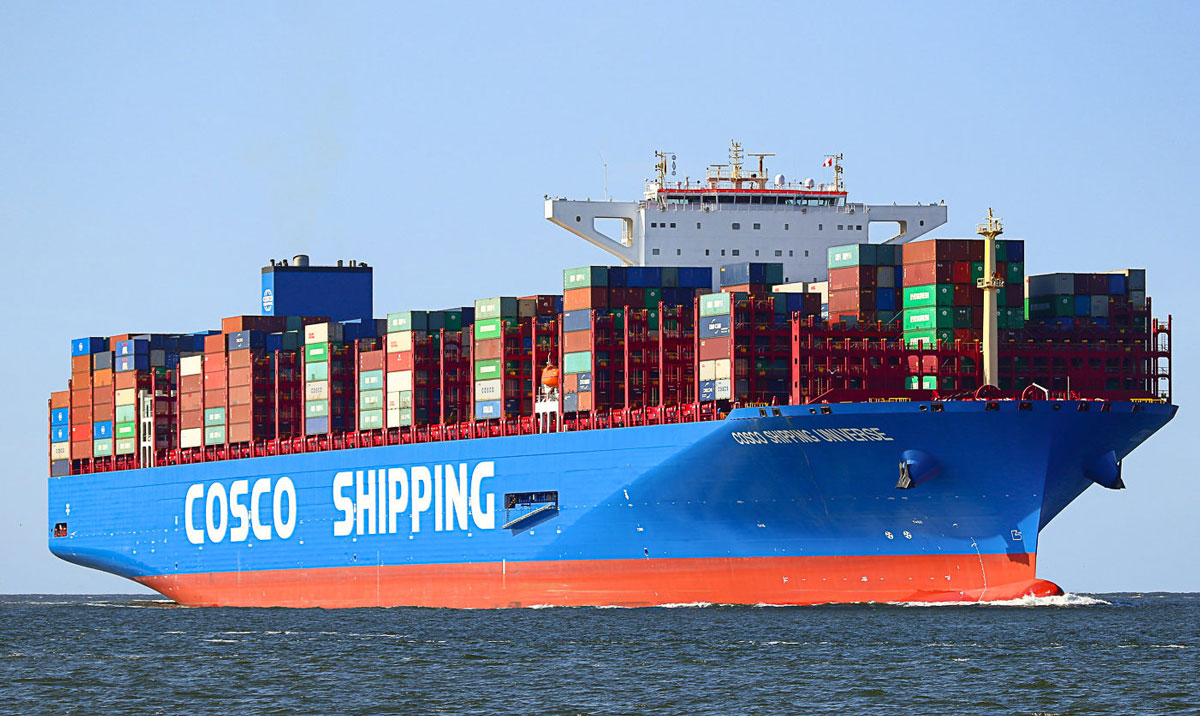Container Import Volume Trajectory Is Strong

The U.S. container import market remained robust in March, fueled by a unique factor: the timing of the Lunar New Year. This key holiday fell nearly three weeks later in 2024 compared to 2023, impacting import patterns.
U.S. container import volumes climbed 0.4% from February and a significant 15% year-over-year compared to March 2023. This surge is directly tied to the later Lunar New Year in 2024.

Image: U.S Container Import Volumes (TEUs). Source: Descartes Datamyne
According to Descartes, March import volumes reached 2.145 million TEUs (twenty-foot equivalent units), marking the third-highest March on record since 2019. Only the import surges during the COVID-19 pandemic in 2021 and 2022 surpassed this volume.
Further analysis reveals that the first half of March experienced the most significant import increase, with container imports exceeding 22% compared to the same period in 2023.
This aligns with the Logistics Managers' Index, which also showed faster inventory growth during the first half of March. The later Lunar New Year meant its domestic impact appeared in the latter part of March, contributing to the overall import strength.

Image: U.S Container Import Volume (TEU) Share Comparison Among Top 10 Ports, East, West, and Gulf Cost Ports. Source: Descartes Datamyne.
East Coast Ports Maintain Market Share
Despite predictions of West Coast ports regaining market share from East Coast ports due to Panama Canal issues and ongoing labor negotiations, the trend hasn't materialized. According to Descartes, the top five East Coast ports actually increased their market share in March, now controlling over 44% of the overall import market share.
The container import market continues to demonstrate resilience despite external factors. However, it's important to monitor potential future impacts from ongoing labor negotiations and global economic conditions.
Diversification Shrinks Top 10 Ports' Market Share
However, the overall market share of the top 10 busiest container ports has been steadily declining as supply chains become more diversified. This trend continued in March. The total market share of container imports handled by these top ports dipped by 0.3 percentage points month over month to 84.2%. Notably, this is a significant drop compared to last year, when these ports collectively handled over 90% of total import volume.
West Coast Ports See Growth Despite Market Share Shift
Despite the top five East Coast ports increasing their market share in March, some West Coast ports actually experienced the most significant volume growth. The Ports of Oakland, California, and Tacoma, Washington, saw the largest gains month over month, with imports growing by 6.6% and 18.9%, respectively. This suggests a potential geographic shift within the import market.